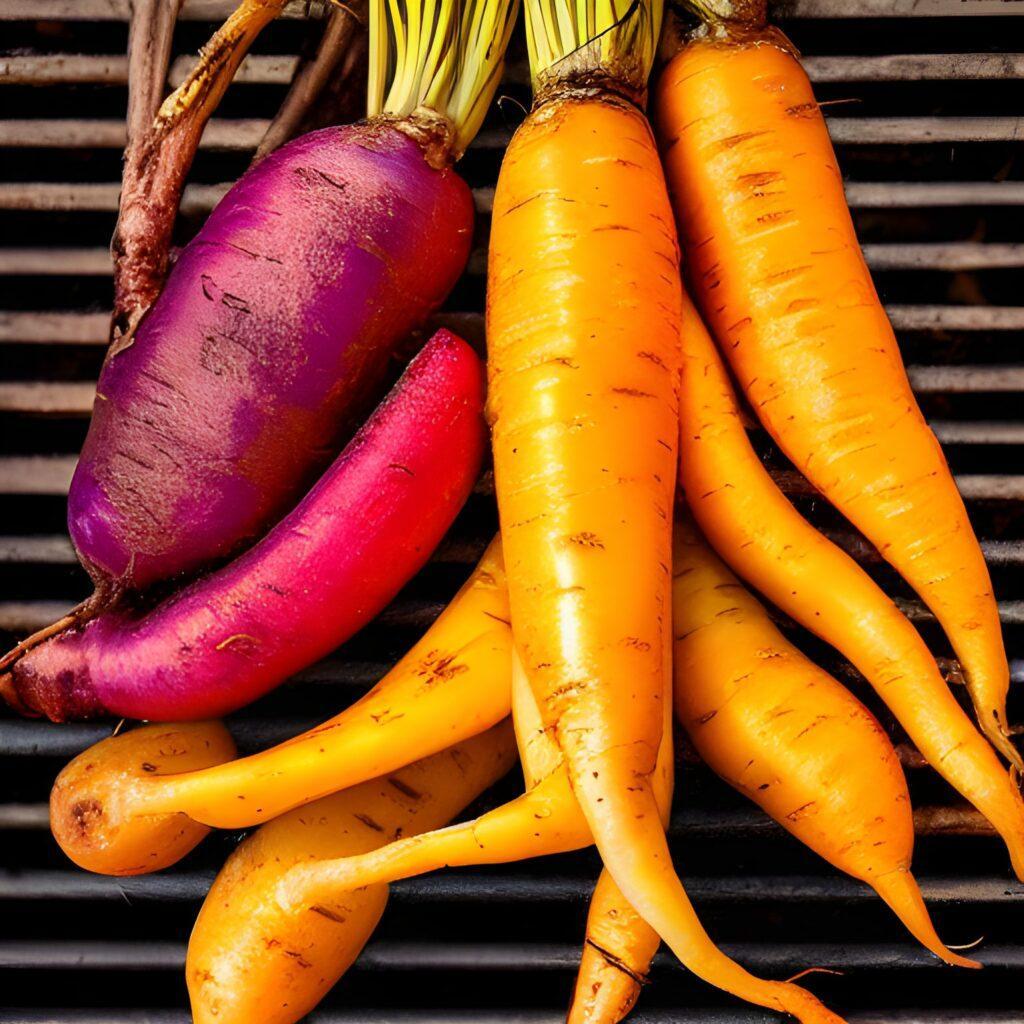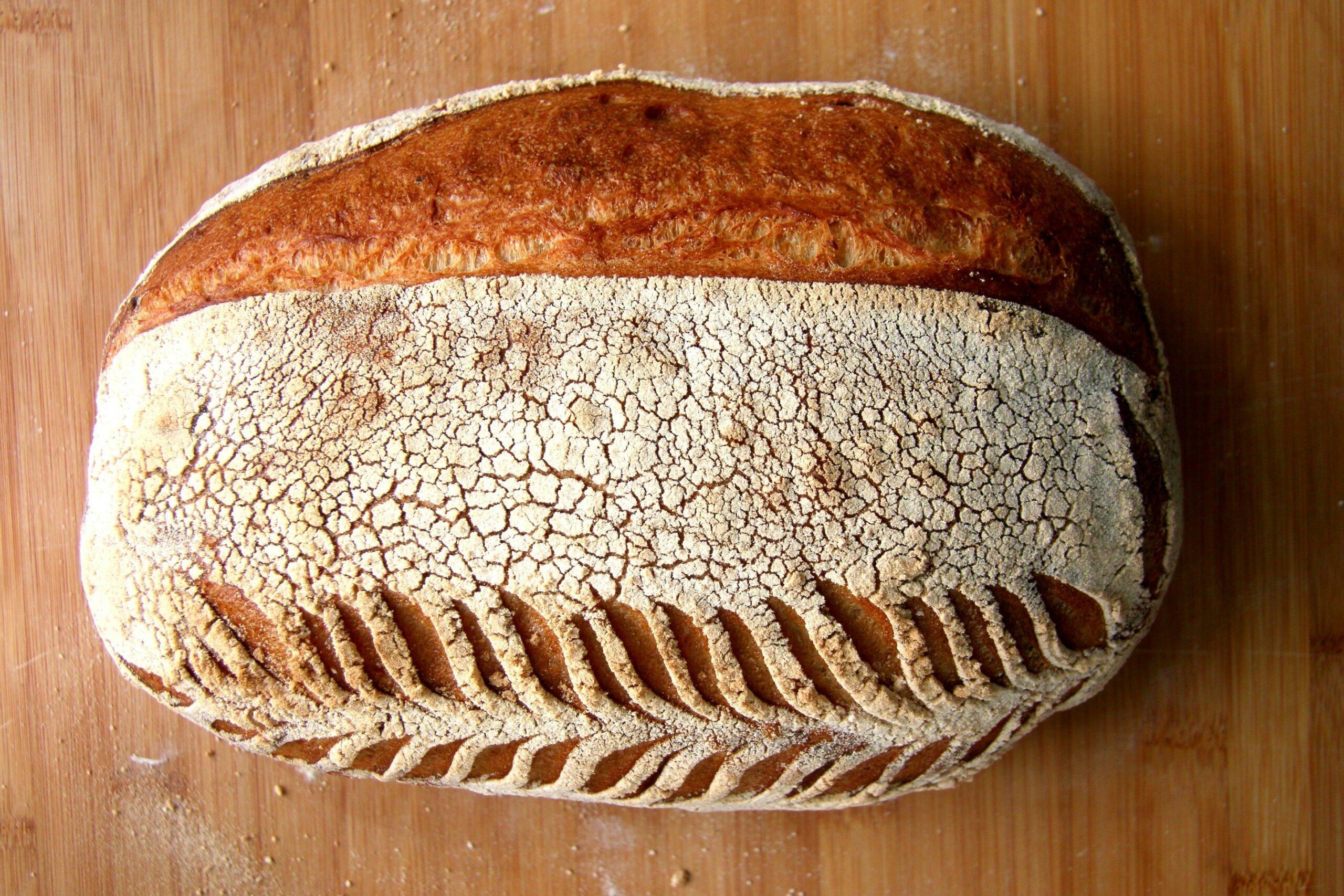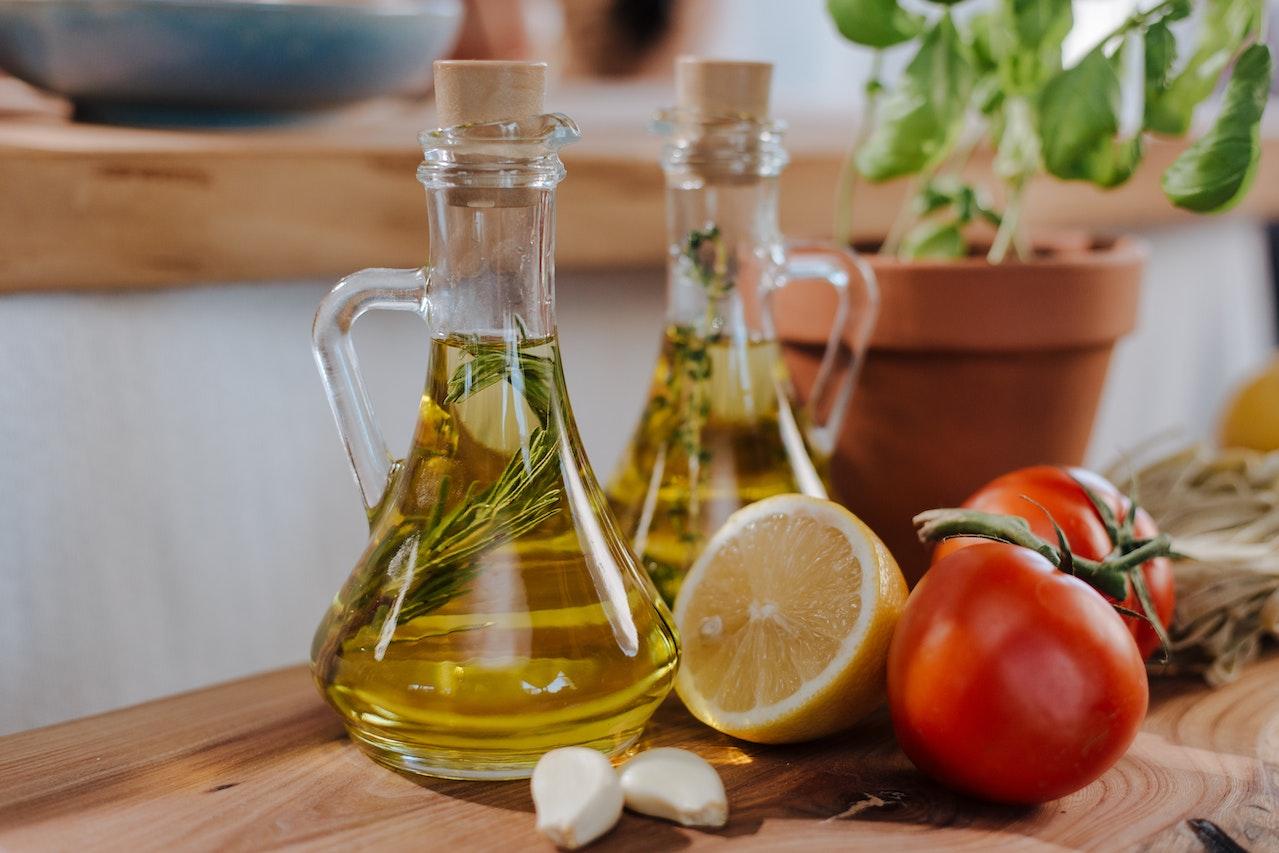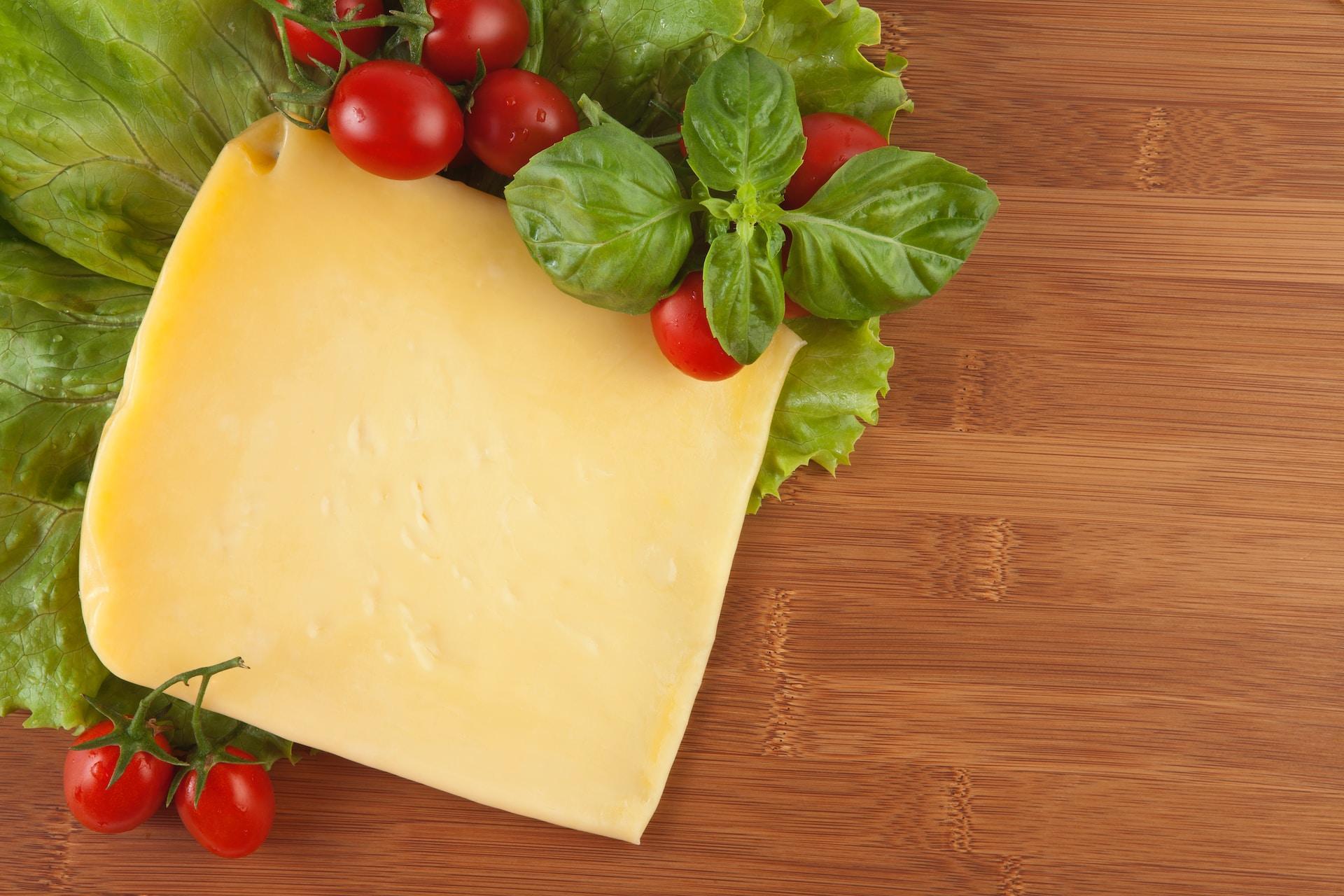Grilling is a popular cooking method that adds a unique flavor to food, and root vegetables are no exception. However, grilling root vegetables can be a bit tricky, as they tend to be dense and take longer to cook than other vegetables. Fortunately, there are several easy methods for grilling root vegetables that can help you achieve delicious results every time.
One of the easiest ways to grill root vegetables is to chop them into bite-sized pieces and place them in a foil packet. This method allows the vegetables to steam in their own juices, which helps to cook them evenly and retain their natural flavors. You can also add herbs and spices to the packet to infuse the vegetables with additional flavor.
Another method for grilling root vegetables is to cook them directly on the grill grates. This method requires a bit more attention, as you’ll need to flip the vegetables frequently to ensure that they cook evenly on all sides. However, grilling root vegetables in this way can result in a crispy exterior and a tender, flavorful interior.

Contents
Selecting the Right Vegetables
When it comes to grilling root vegetables, selecting the right vegetables is crucial for achieving a tasty and satisfying dish. In this section, we will discuss the best root vegetables for grilling and how to prepare them.
Choosing the Best Root Vegetables
The best root vegetables for grilling are those that are sturdy enough to hold their shape during cooking. Some examples of great root vegetables for grilling include:
- Carrots
- Potatoes
- Sweet potatoes
- Beets
- Turnips
- Parsnips
When selecting your vegetables, look for those that are firm and free of blemishes or soft spots. If possible, choose vegetables that are similar in size so that they cook evenly.
Preparing the Vegetables for Grilling
Before grilling your root vegetables, it is important to prepare them properly. Here are some steps to follow:
- Wash your vegetables thoroughly under running water to remove any dirt or debris.
- Peel your vegetables, if desired, and cut them into even-sized pieces.
- Preheat your grill to medium-high heat.
- Toss your vegetables in a mixture of olive oil, salt, and pepper.
- Place your vegetables on the grill and cook for 8-10 minutes, turning occasionally, until they are tender and lightly charred.
If you are grilling smaller vegetables, such as baby carrots or radishes, you may want to use a grill basket or skewers to prevent them from falling through the grates.
By following these tips for selecting and preparing your root vegetables, you can create a delicious and healthy dish that will be sure to impress your guests.

Marinades and Seasonings
Choosing the Right Marinade
Marinades are a great way to infuse grilled root vegetables with flavor. They can be simple or complex, depending on your taste preferences. When choosing a marinade for your grilled root vegetables, consider the following:
- Acidic marinades: Acidic marinades, such as those containing vinegar or citrus juice, can help tenderize the vegetables and add a tangy flavor. However, be careful not to marinate for too long, as the acid can break down the vegetables and make them mushy.
- Oil-based marinades: Oil-based marinades, such as those containing olive oil or sesame oil, can help prevent the vegetables from sticking to the grill and add a rich, savory flavor. However, be careful not to use too much oil, as it can cause flare-ups on the grill.
- Herb and spice marinades: Herb and spice marinades, such as those containing garlic, rosemary, or cumin, can add depth and complexity to the flavor of the vegetables. However, be careful not to use too many strong flavors, as they can overpower the natural taste of the vegetables.
Seasoning Tips for Grilled Root Vegetables
In addition to marinades, there are many different seasonings you can use to enhance the flavor of your grilled root vegetables. Here are a few tips to get you started:
- Salt and pepper: A simple combination of salt and pepper can go a long way in bringing out the natural flavors of the vegetables. Be sure to season the vegetables generously before grilling.
- Sweet and savory: For a unique flavor combination, try seasoning your grilled root vegetables with a mixture of sweet and savory spices. For example, you could use a blend of cinnamon, cumin, and paprika.
- Fresh herbs: Fresh herbs, such as thyme or basil, can add a bright, herbaceous flavor to your grilled root vegetables. Be sure to chop the herbs finely and sprinkle them over the vegetables after grilling.
- Cheese: For a decadent twist, try sprinkling grated cheese over your grilled root vegetables. Parmesan, feta, and goat cheese all work well.
Remember, when it comes to seasoning your grilled root vegetables, the possibilities are endless. Don’t be afraid to experiment with different flavors and combinations to find what works best for you.
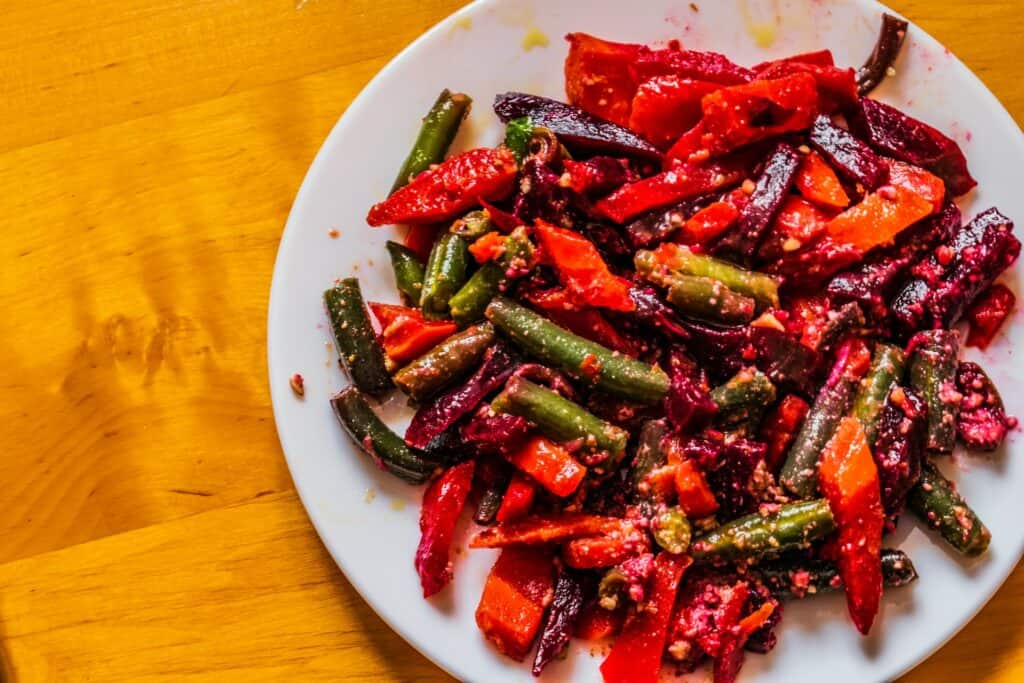
Grilling Techniques
When it comes to grilling root vegetables, there are a few techniques you can use to get the best results. In this section, we’ll explore two of the most common grilling techniques: direct heat and indirect heat. We’ll also discuss the benefits of using skewers or grill baskets to make grilling easier.
Direct vs. Indirect Heat
One of the first decisions you’ll need to make when grilling root vegetables is whether to use direct or indirect heat. Direct heat is when you place the vegetables directly over the flame or heat source. This technique is best for vegetables that cook quickly, like asparagus or zucchini. Indirect heat, on the other hand, is when you place the vegetables to the side of the heat source and cook them with the lid closed. This technique is best for vegetables that take longer to cook, like potatoes or carrots.
When using direct heat, it’s important to keep an eye on the vegetables to prevent them from burning. You may need to flip them over halfway through cooking to ensure they cook evenly. When using indirect heat, be sure to preheat the grill and use a thermometer to monitor the temperature. You’ll want to maintain a temperature of around 350-400 degrees Fahrenheit for best results.
Using Skewers or Grill Baskets
Another technique you can use when grilling root vegetables is to use skewers or grill baskets. Skewers are a great option for smaller vegetables like cherry tomatoes or mushrooms. You can also use them for larger vegetables by cutting them into smaller pieces and threading them onto the skewers. When using skewers, be sure to soak them in water for at least 30 minutes before grilling to prevent them from burning.
Grill baskets are another option for grilling root vegetables. These baskets are designed to hold the vegetables while they cook, making it easier to flip them over and prevent them from falling through the grates. You can also use grill baskets to cook multiple types of vegetables at once, making it a great option for mixed vegetable dishes.
In conclusion, when grilling root vegetables, it’s important to choose the right technique for the type of vegetable you’re cooking. Direct heat is best for quick-cooking vegetables, while indirect heat is best for longer-cooking vegetables. Skewers and grill baskets can also make grilling easier and more convenient.
Frequently Asked Questions
Q: Can I grill root vegetables without skewers or a grill basket?
A: Yes, you can grill root vegetables without skewers or a grill basket. Just be sure to cut them into large pieces so they don’t fall through the grates.
Q: How do I know when my root vegetables are done grilling?
A: The best way to know when your root vegetables are done grilling is to use a thermometer. Insert the thermometer into the thickest part of the vegetable and check the temperature. For most root vegetables, the internal temperature should be around 190-200 degrees Fahrenheit.
Serving Suggestions
Grilled root vegetables are a delicious and healthy addition to any meal, but what should you serve them with? Here are some ideas for pairing grilled root vegetables with other dishes, as well as tips for garnishing and presentation.
Pairing Grilled Root Vegetables with Other Dishes
Grilled root vegetables are a versatile side dish that can be paired with many different main courses. Here are some ideas:
- Grilled chicken: The smoky flavor of grilled root vegetables pairs perfectly with grilled chicken. Serve them alongside a grilled chicken breast or thigh for a healthy and satisfying meal.
- Steak: Grilled root vegetables are a great way to add some color and nutrition to a steak dinner. Serve them alongside a juicy steak for a balanced and delicious meal.
- Fish: Grilled root vegetables also pair well with fish. Try serving them alongside grilled salmon or tilapia for a healthy and flavorful meal.
- Veggie burger: Grilled root vegetables can also be used as a topping for a veggie burger. Add some grilled onions and mushrooms for a delicious and healthy vegetarian meal.
Garnishing and Presentation Tips
Grilled root vegetables are not only delicious, but they can also be visually appealing. Here are some tips for garnishing and presenting your grilled root vegetables:
- Fresh herbs: Sprinkle some fresh herbs, such as parsley or cilantro, over your grilled root vegetables for a pop of color and flavor.
- Balsamic glaze: Drizzle some balsamic glaze over your grilled root vegetables for a sweet and tangy flavor.
- Toasted nuts: Add some crunch to your grilled root vegetables by sprinkling some toasted nuts, such as almonds or walnuts, on top.
- Colorful plates: Use colorful plates or bowls to serve your grilled root vegetables. This will make them look even more appetizing and appealing.
In conclusion, grilled root vegetables are a versatile and healthy side dish that can be paired with many different main courses. By using these pairing and presentation tips, you can make your grilled root vegetables even more delicious and visually appealing.
Conclusion
In conclusion, grilling root vegetables is a simple and delicious way to add variety to your meals. By following the easy methods outlined in this article, you can create flavorful and healthy dishes that will impress your family and guests.
One of the key takeaways from this article is the importance of properly preparing your vegetables before grilling. This includes washing and peeling them, as well as cutting them into uniform pieces to ensure even cooking. Additionally, marinating or seasoning your vegetables before grilling can add extra flavor and depth to your dishes.
Another important factor to consider when grilling root vegetables is the temperature and timing. Depending on the type of vegetable and its thickness, you may need to adjust the heat and cooking time to achieve the desired level of doneness. Using a meat thermometer can be a helpful tool in ensuring that your vegetables are cooked to perfection.
Frequently Asked Questions
Q: Can I grill frozen root vegetables?
A: It is not recommended to grill frozen vegetables, as they may not cook evenly and can pose a food safety risk. It is best to thaw your vegetables before grilling them.
Q: How do I prevent my vegetables from sticking to the grill?
A: To prevent your vegetables from sticking to the grill, make sure the grates are clean and well-oiled before cooking. You can also brush your vegetables with oil or use a non-stick cooking spray.
Q: Can I grill any type of root vegetable?
A: Yes, you can grill any type of root vegetable, such as carrots, beets, sweet potatoes, and parsnips.
Q: How long should I grill my root vegetables for?
A: It depends on the size and type of vegetable, but generally, you should grill them for 10-15 minutes, or until they are tender and slightly charred.
Q: Can I prepare grilled root vegetables in advance?
A: Yes, you can prepare grilled root vegetables in advance and reheat them in the oven or on the grill when you are ready to serve them.
Q: Can I grill any type of root vegetable?
A: While many root vegetables can be grilled, some may not hold up as well as others. Stick with sturdier vegetables like carrots, potatoes, and beets for the best results.
Q: Do I need to peel my vegetables before grilling them?
A: It is up to you whether or not to peel your vegetables. Some vegetables, like potatoes, may benefit from being peeled, while others, like carrots, can be grilled with the skin on.
Q: How do I know when my vegetables are done grilling?
A: Your vegetables are done grilling when they are tender and lightly charred. Test them with a fork or knife to see if they are cooked to your liking.
Source
- Grilled Roasted Root Vegetable Medley {25 Minutes} – Kitchen Laughter
- How to Grill Vegetables (Know the Basics) – Carnivore Style
- https://kitchenlaughter.com/grilled-roasted-root-vegetables/
- https://bitebymichelle.com/2013/08/25/grilled-root-vegetable-recipe/
- https://eatsimplefood.com/grilling-vegetables/
- https://www.grillseeker.com/the-best-roasted-root-vegetables/
